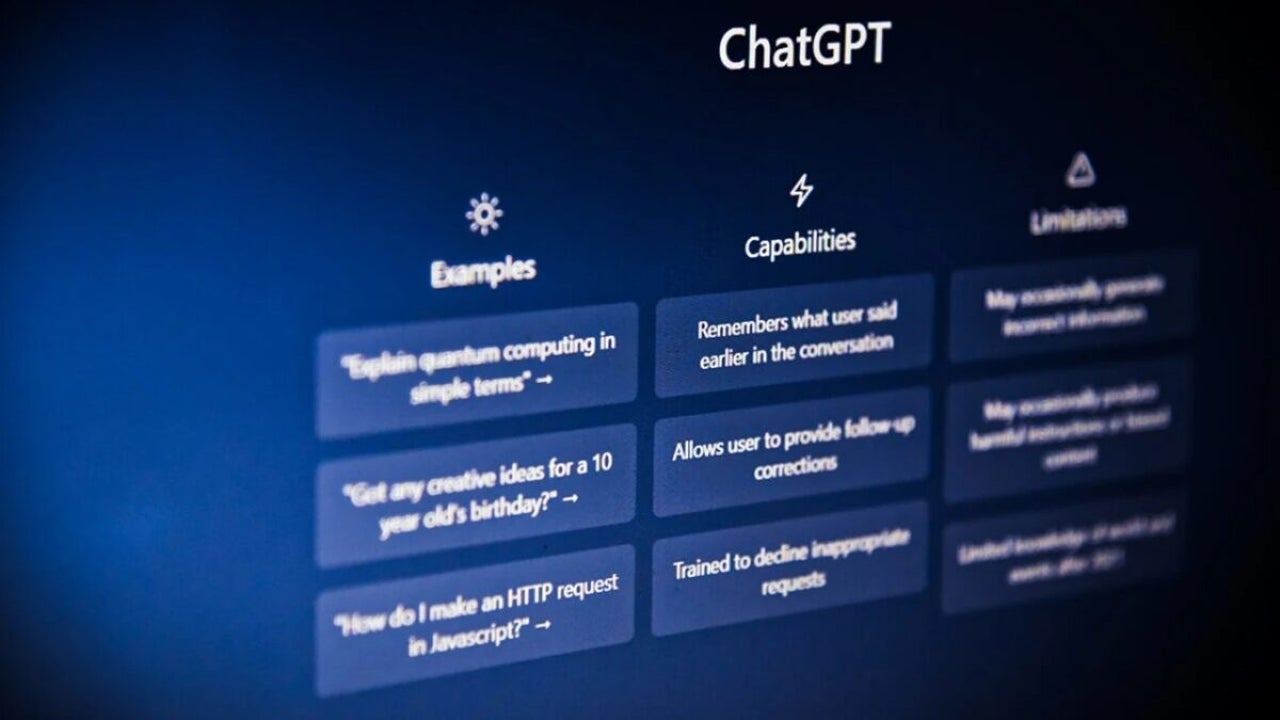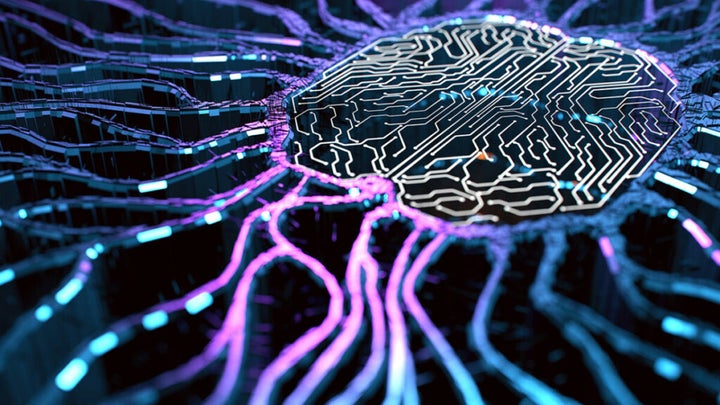News
Satisfying Your Curiosity: How ChatGPT Makes Conversations Possible
An AI capable of taking context into account to generate responses.

- April 2, 2023
- Updated: July 2, 2025 at 2:38 AM

You’ve probably heard of ChatGPT, the artificial intelligence with which you can speak like a human. This AI is the brainchild of US company OpenAI, and is a variant of the company’s artificial language model known as GPT-3.5, “trained” to generate human-like text by inputting huge amounts of text. But have you ever wondered how it works?
How does ChatGPT work?
ChatGPT is an artificial intelligence that makes use of a neural network architecture (like a brain) and unsupervised learning to generate responses. In this way, and from the requests of the people who use it, it can learn to generate answers without the need to be explicitly told what the correct answer is, greatly expanding the range of conversations you can have with it.

In order to generate responses, ChatGPT uses what is known as a multilayer transformational network: a type of deep learning architecture that has proven its effectiveness in natural language processing (the one we humans use). The AI takes a sentence as input, processes it according to its internal knowledge, and finally generates a response relevant to the input sentence.
Furthermore, one of the main features of OpenAI’s AI is that it is capable of generating coherent responses taking into account the context of the conversation. That is, ChatGPT has the ability to understand the development of a conversation and generate responses that fit naturally with what has been previously said.
But it is not only capable of generating answers. ChatGPT’s capabilities include translating languages, summarizing texts, creating movie scripts or generating political speeches. Its great versatility in creating texts of all kinds has made it a popular tool, and its capabilities could be even greater once it makes use of GPT-4, the latest artificial language model created by OpenAI.
Some of the links added in the article are part of affiliate campaigns and may represent benefits for Softonic.
Publicist and audiovisual producer in love with social networks. I spend more time thinking about which videogames I will play than playing them.
Latest from Pedro Domínguez
- Fraudulent Websites Are on the Rise: Here’s How Avast Free Antivirus Keeps You Safe
- Unplug This Summer Without Compromising Your Digital Security — Get Protected with Avast Free Antivirus
- Have You Ever Stopped to Think About How Much Personal Information You Share Online Every Day?
- National Streaming Day: How On-Demand Entertainment Has Redefined Our Viewing Habits
You may also like
 News
NewsToday everyone wants to play 'Silksong', but when 'Hollow Knight' was first announced, no one believed in its success
Read more
 News
NewsIt has a 78 on Metacritic, but don't be fooled: this video game will be considered a cult classic that you shouldn't miss in no time
Read more
 News
NewsEven the creator of Devil May Cry cannot make the game of his dreams, he has confirmed in a recent interview
Read more
 News
NewsThe action series of Tomb Raider has a release date and confirms its lead actress
Read more
 News
NewsLady Gaga embraces her role in Wednesday and shows it with a new collaboration with Tim Burton
Read more
 News
NewsThe director of the new Resident Evil movie speaks clearly: he wants to distance himself from what has been done with the franchise in cinema so far
Read more